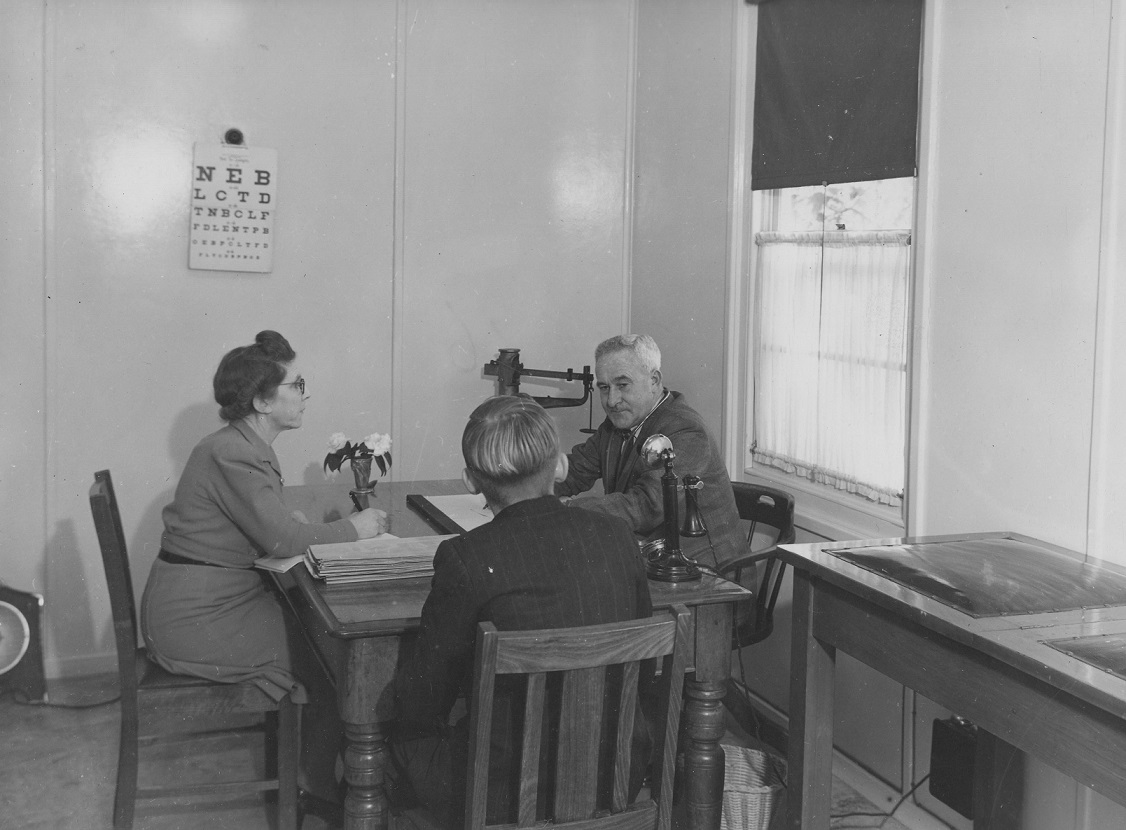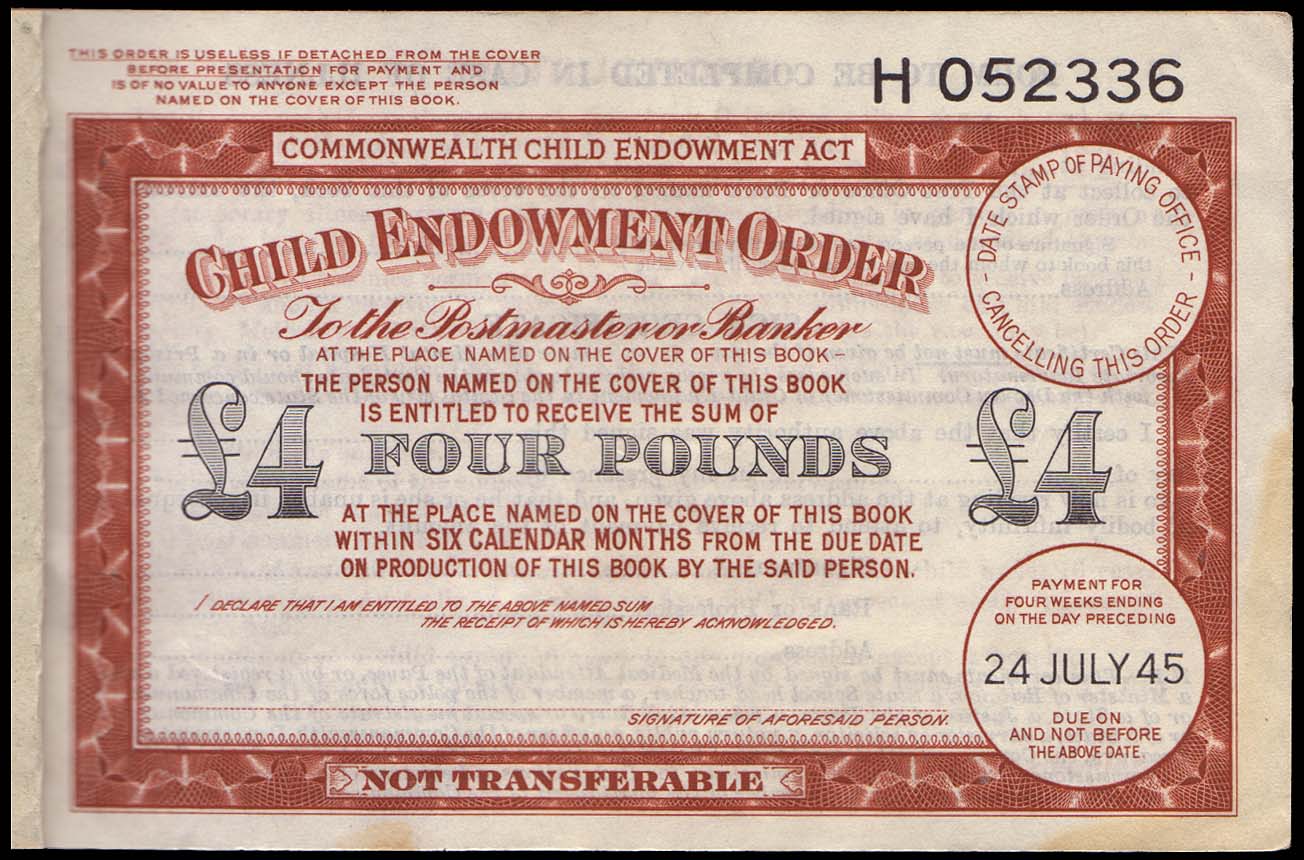
The Commissioner of Native Welfare was an official role created by the Native Welfare Act 1954 (WA), replacing the Commissioner for Native Affairs. The Commissioner was the head of the Department of Native Welfare, and the legal guardian of every Aboriginal child in Western Australia to the age of 21 years, except those children made…
The Commissioner for Native Affairs was an official role created by the Native Administration Act 1936 (WA), replacing the Chief Protector of Aborigines. The 1936 Act also created the Department of the Native Affairs, of which the Commissioner was head, and extended the powers of that role. The Commissioner was the legal guardian of every…
Clean break theory provided a basis for many adoptions in the twentieth century. The theory is based on the idea that babies’ characteristics are formed by their environment rather than their genes. There was a widespread belief that a “clean break” was beneficial for the personality development of babies of single mothers, and that they…
Child evacuees were removed from their homes in Britain during World War Two in order to escape the air raids. As well as sending children to safer rural locations in Britain, around 3000 children were sent to Commonwealth countries. These evacuations were administered by the Children’s Overseas Reception Board. 577 British children came to Australia…
Closed adoption refers to the practice of sealing an adopted child’s original birth certificate and issuing a new birth certificate when the child was adopted. This new certificate included the name of the child and their adoptive parents. The identity of the adopted child’s original parents was hidden. This practice meant that many people didn’t…
City Mission refers to the missions run by various Christian denominations in urban and suburban settings. Many of the city missions established in nineteenth-century Australia continue to operate community services organisations in the 2010s. The London City Mission was founded in 1835, with a mandate to ‘extend the knowledge of the Gospel among the inhabitants…

Child guidance clinics were first established in Australia in the 1930s. Such clinics had been developed in the United States in the 1920s, for the diagnosis and treatment of mild behaviour and emotional problems in school-aged children (Wright, 2012). An important motive in the development of child guidance clinics was to counteract ‘juvenile delinquency’, but…

Child Endowment was a non-means tested, universal allowance introduced by the Commonwealth government in 1941. The Child Endowment Act 1941 provided that a sum of 5 shillings per week, for each child after the first under the age of 16 years, be paid directly to the mother. Under the original legislation, child endowment could not…

Child labour, according to the International Labour Organisation, is a term that refers to the employment of children in any work that deprives them of their childhood, interferes with their ability to attend regular school, that is mentally, physically, socially or morally dangerous and harmful. For the vast majority of children who were in institutional…
The child rescue movement was an outgrowth of the evangelical revival in England, it captured the imagination of many Australian philanthropists during the last quarter of the nineteenth century, leaving a particular mark on colonial and state child welfare services. Child rescuers argued that the existing orphanages and statutory organisations were too passive in their…